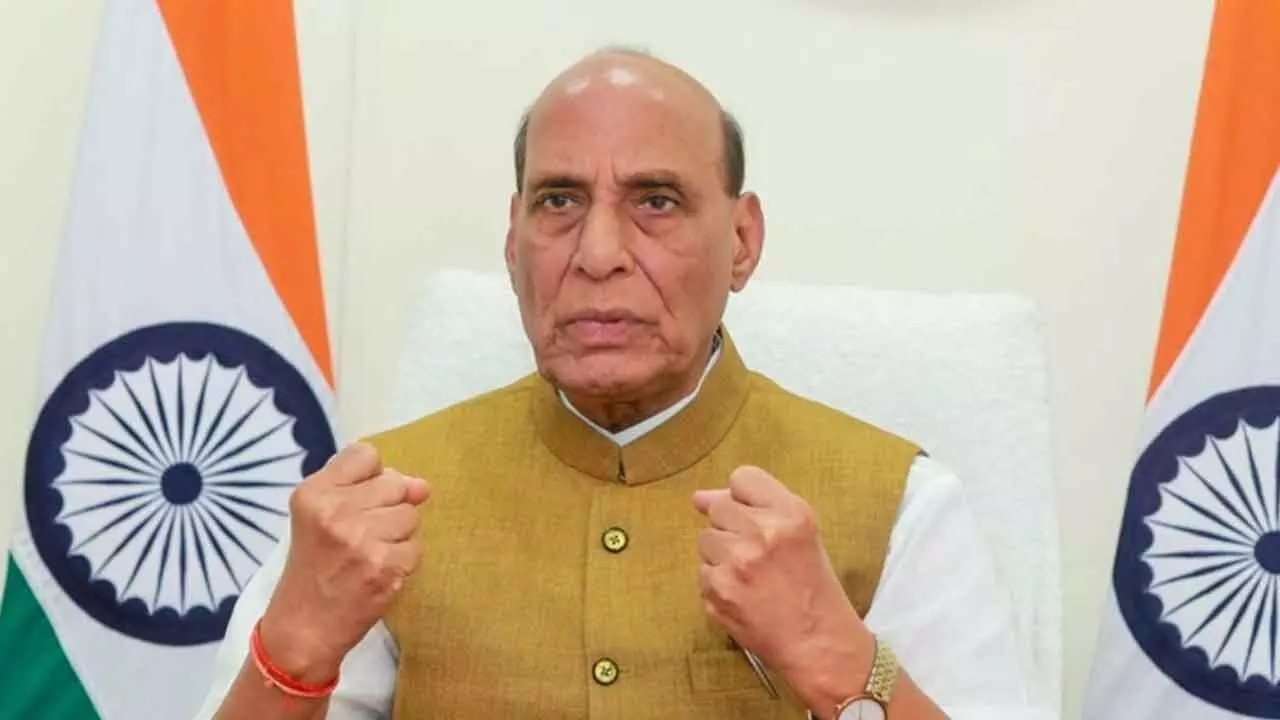Defence Ministry Clears ₹30,000 Crore Indigenous MALE Drone Procurement
Defence Ministry approves indigenous MALE drone procurement worth ₹30,000 crore for armed forces.
₹30,000 Crore Defence Push: India to Manufacture 87 Long-Range UAV Drones

New Delhi — The Defence Ministry has approved a ₹30,000 crore plan to procure 87 indigenously manufactured long-range UAV drones, marking a significant step in India’s military modernization. The Defence Acquisition Council (DAC) cleared the proposal last week, with production to be shared between two domestic manufacturers.
📦 Deal Details
♦ Type: Medium Altitude Long Endurance (MALE) UAVs ✈
♦ Split: 64% to the lowest bidder, 36% to the second-lowest bidder
♦ Manufacturing: Two separate production lines in India
♦ Components: Local manufacturing of airframes, engines, and key systems
The armed forces will soon issue an Expression of Interest (EoI) inviting Indian companies to bid. Following trials, final commercial negotiations will take place.
🎯 Mission Capabilities
The UAVs will be deployed for:
♦ Reconnaissance & Intelligence Gathering 🛰
♦ Electronic Warfare Operations 📡
♦ Precision Strikes 🎯 (air-to-ground missiles, laser-guided bombs)
These MALE drones will operate either remotely or autonomously via onboard sensors, GPS, and AI-enabled software.
⚙ Strategic Rationale
By splitting the contract between two companies, the government aims to ensure dual production capability, enabling rapid scale-up if operational needs arise. This move also strengthens India’s Atmanirbhar Bharat push in defence manufacturing.
🚢 Indian Coast Guard Modernisation
The announcement comes as the Indian Coast Guard (ICG) advances its own UAV plans. Director General Paramesh Sivamani confirmed ongoing induction of Remotely Piloted Aircraft (RPA) and UAVs to boost maritime domain awareness.
♦ Phase 1: 46 operational radar stations
♦ Phase 2: 38 new stations, operational by end-2025
♦ Addition of state-of-the-art ships and advanced aircraft as part of fleet expansion
“UAVs will be a force multiplier for surveillance, reconnaissance, and intelligence gathering,” said Sivamani in a Defence Ministry podcast.
📈 Strategic Significance
♦ Strengthens India’s aerial surveillance capabilities
♦ Enhances border and maritime security
♦ Reduces reliance on foreign drone technology
♦ Supports indigenous defence manufacturing ecosystem

